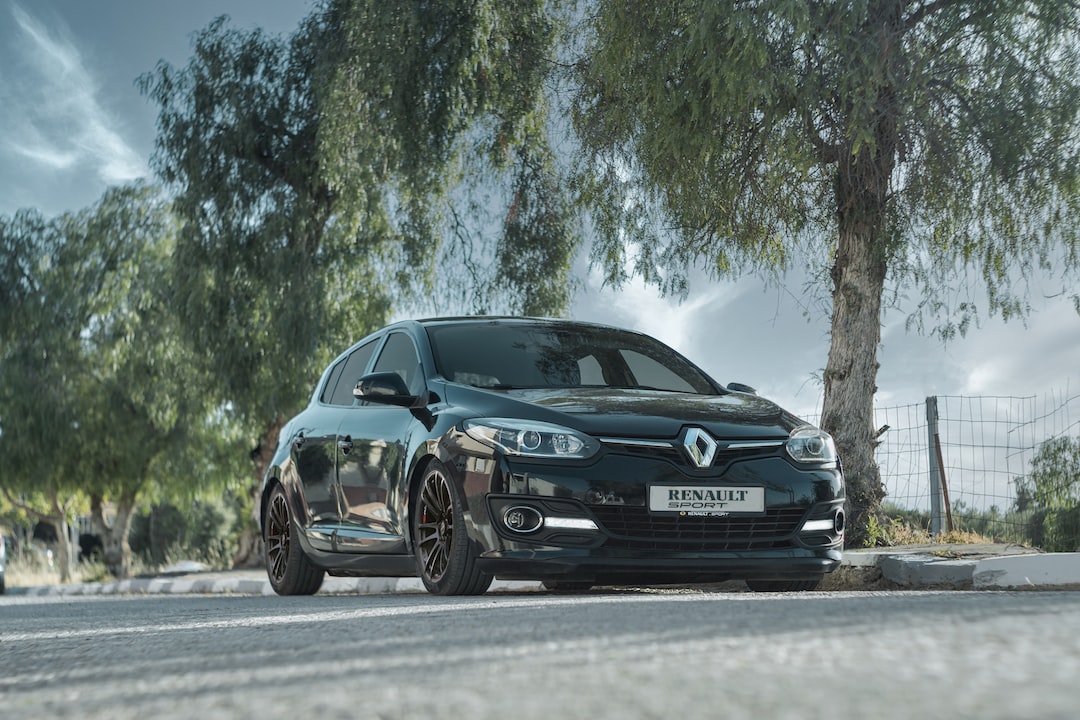The Future of Flying Cars: Science Fiction or Imminent Reality?
For decades, the idea of flying cars has been a cornerstone of futuristic visions. From the Jetsons to Blade Runner, we have been captivated by the notion of traveling through the skies in sleek and efficient vehicles. But is this futuristic concept merely the stuff of science fiction, or is it on the verge of becoming a reality?
While the idea of flying cars may seem far-fetched, significant progress has been made in recent years that suggests they could soon become an everyday mode of transportation. Companies like Uber, Airbus, and Boeing are investing heavily in the development of flying cars, and several prototypes have already taken to the skies for test flights. With advances in technology and increasing global urbanization, the possibility of flying cars becoming a reality is no longer confined to the pages of a science fiction novel.
One of the main challenges in the development of flying cars is ensuring safety and regulatory compliance. Flying cars have to navigate in three dimensions, dealing with much more complex traffic patterns than traditional cars. Companies are working on building autonomous systems that can handle this complexity and avoid collisions in the air. Additionally, air traffic regulatory bodies are developing guidelines and regulations to ensure the safe integration of flying cars into existing airspace.
Another critical consideration is the infrastructure required to support flying cars. Airports as we know them today are simply not equipped to handle the influx of flying vehicles. Companies are exploring concepts such as rooftop landing pads in densely populated urban areas and vertical takeoff and landing (VTOL) technology to address this issue. The infrastructure required will also need to include charging stations for electric flying cars, as sustainability is an important factor in their development.
Speaking of sustainability, flying cars offer the potential for more environmentally-friendly transportation. With many prototypes focusing on electric propulsion and incorporating sustainable materials, flying cars could reduce carbon emissions and congestion on the ground. Furthermore, flying cars would allow for shorter travel times by bypassing traffic, leading to increased efficiency and productivity.
One of the most significant obstacles in making flying cars a reality is the cost. Currently, prototypes are prohibitively expensive, making them inaccessible to the general public. However, as with any emerging technology, economies of scale and advancements in manufacturing techniques are expected to drive costs down. This would open the doors for a broader range of consumers to experience the benefits of flying cars.
The impact of flying cars on societal and urban landscapes cannot be underestimated. Flying cars could revolutionize commuting and transportation, transforming urban planning, reducing the demand for roads, and potentially increasing accessibility to remote areas. Additionally, the rise of flying cars could change the dynamics of travel and tourism, enabling people to reach remote destinations more easily and in a shorter time frame.
While there are still many hurdles to overcome, the future of flying cars seems closer than ever before. The combination of technological advancements, investment from major companies, and increased interest from regulatory bodies all indicate that we may soon be witnessing the dawn of a new era in transportation. Whether this new era will resemble the science fiction dreams of our past, or take on a different form entirely, remains to be seen. However, one thing is clear – the future of flying cars is not just a fantasy but a promising and imminent reality.


